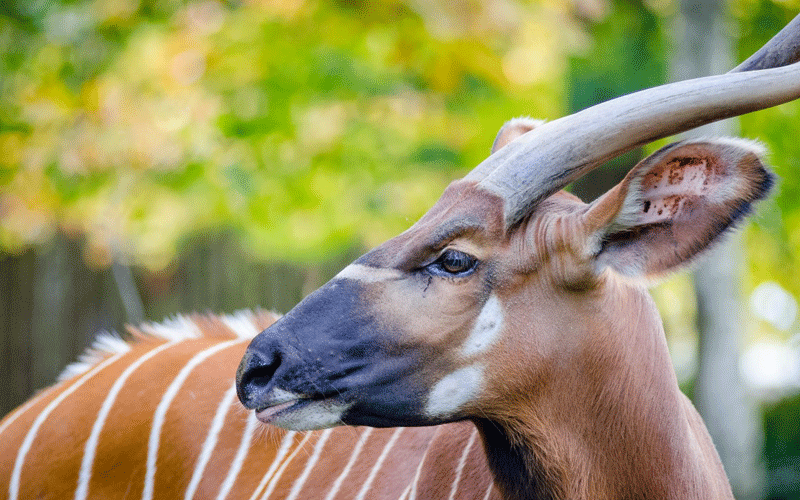Ex-poacher turns protector of animals he once killed
By Bernard Gitau, July 21, 2020
When he was caught after 20 years of illegally hunting wildlife, Solomon Muriithi transformed his ways and became a forest guard.
Bernard Gitau @benagitau
Overlooking Lake Naivasha to the southeast, Lake Elementaita to the North and Lake Nakuru to the North West, the Mau Eburu forest is nestled within the folds of a geologically active volcanic mountain, whose highest peak, Ol Doinyo Eburu, stands 2,820 metres above sea level.
Eburu Forest comprises 8,715.3 hectares of prime indigenous forest area contained within the steep hills, deep valleys and rolling foothills of the eponymous mountain.
The forest is recognised as a hotspot for birdlife within the greater Mau Forest Complex.
It is home to over 40 species of mammals, including the critically endangered mountain bongo antelope, of which about 12 animals, representing 10 per cent of its population known to exist in the wild, are thought to survive in this forest.
Mountain bongo threats range from illegal logging and charcoal burning to bushmeat hunting with dogs and snares.
Inside the forest, we catch up with Solomon Muriithi, a 58-year-old protector of the forest, carrying out his daily activity of tracking down poachers who constantly place snares to capture wild animals, especially the mountain bongo.
Interestingly, Muriithi was a poacher for over 20 years in the same forest he is currently guarding.

“I poached inside Eburu Forest for over two decades. As a poacher, anything your trap catches, you must trade it as bush meat; you only remove the skin and cut it into pieces to hide its identity,” said Muriithi.
Highly-trained tracker
Besides the critically endangered mountain bongo, the forest is also home to buffalo, Guereza black and white colobus monkey, Sykes’s monkey, leopard, bushbuck, duiker, bush baby, and tree hyrax.
“I engaged in bushmeat trade, charcoal burning among other illegal activities in the forest and I feared no one, not even the rangers and wild animals,” he said.
Muriithi reveals that during his poaching era, he showered countable times. “I rarely showered.
If I took a regular shower using soap and applied sprays and other scents, got into the forest and rubbed shoulders with plants in the process of placing traps, no animal would show up.
The scents repel them,” he said. Having previously been involved in hunting, Muriithi understood the behaviour of the animals.
He regrets engaging in poaching, an activity that placed several species in danger of extinction.
In 2002, he was arrested by forest rangers and was headed to jail, but luckily he was released.
“When I was arrested for the first time in over 20 years, there was celebration because the notorious poacher had been brought down,” he said.
After the ordeal with law enforcement officers, Muriithi chose a reformed path.
He was approached by Bongo Surveillance Project (BSP), which helps in conserving mountain bongo in Kenya to increase its population.
He is the head of a group of highly trained trackers who monitor the bongos and remove snares in the ecosystem.
Mountain bongos are only found in Kenya, in their natural habitat in the Aberdares Mountains, Mt Kenya, Mau Forest, Cherengani and Ol Doinyo Eburu forests with only 108 left in the wild presently.
Working closely
Joseph Mutongu, an officer with BSP in Eburu, said the organisation is instrumental in bringing in bongos from zoos around the world to restock Kenya’s forests.
BSP was set up in 2004 to address the fragile state of bongo populations in the Aberdares.
“We are working closely with ex-poachers and the community to conserve the environment and also critically endangered animals,” said Mutongu.
Muriithi uses camera traps and GPS to monitor bongos to prove that they are surviving.
“We have also mounted cameras in the forest to record Bongos among other wild animals,” he said.